If your kitchen sink won't drain, the first thing you should check for is a clogged drain. This is a common issue that can happen due to a buildup of food particles, grease, or other debris. To unclog the drain, you can try using a plunger.1. Clogged Drain
Using a plunger is one of the most effective ways to clear a clogged drain. Make sure the plunger completely covers the drain and create a tight seal. Then, push and pull the plunger several times to create suction. This will help dislodge any debris that may be blocking the drain.2. Plunger
If the plunger doesn't work, you can try using a mixture of baking soda and vinegar to clear the clog. First, pour a pot of boiling water down the drain. Then, add half a cup of baking soda followed by half a cup of vinegar. Let it sit for a few minutes before pouring another pot of boiling water down the drain.3. Baking Soda and Vinegar
A drain snake, also known as a plumbing auger, is a long, flexible tool that can help dislodge clogs in your drain. Insert the snake into the drain and turn the handle to break up and remove any debris. This is a great option for tougher clogs that a plunger may not be able to handle.4. Drain Snake
For minor clogs, simply pouring a pot of boiling water down the drain may be enough to clear it. The hot water can help dissolve and flush away any grease or other substances that may be causing the clog.5. Boiling Water
Another household item that can be used to unclog a drain is dish soap. Simply pour a few tablespoons of dish soap down the drain followed by a pot of boiling water. The soap helps to lubricate and loosen any debris, making it easier to clear.6. Dish Soap
If a regular drain snake is not strong enough to break through a tough clog, you can try using a plumber's snake. This tool is similar to a drain snake but is larger and more heavy-duty, making it better for more stubborn clogs.7. Plumber's Snake
If you prefer to use a chemical cleaner to unclog your drain, an enzyme drain cleaner is a good option. These cleaners contain enzymes that break down organic matter, making it easier to clear the clog. However, they may take longer to work than other methods.8. Enzyme Drain Cleaner
If the clog is located in the P-trap under your sink, you may need to remove and clean it out. This curved pipe is designed to trap debris and prevent it from entering your pipes. Use a wrench to loosen and remove the P-trap, then clean out any debris before reattaching it.9. P-Trap
If your sink has a garbage disposal, there may be a reset button on the bottom. If the disposal is clogged, pressing this button can help reset it and clear the clog. Make sure to turn off the power to the disposal before attempting this. In conclusion, a kitchen sink that won't drain can be a frustrating and inconvenient problem. However, with these 10 methods, you should be able to clear most clogs and get your sink back to working properly. If these solutions do not work, it may be a sign of a bigger plumbing issue and it is best to call a professional plumber for assistance. With a little bit of patience and effort, you can easily tackle a clogged drain and get back to your daily routine.10. Garbage Disposal Reset Button
Sink Won't Drain in Kitchen - Possible Causes and Solutions

Introduction
 Having a kitchen sink that won't drain can be a frustrating and messy problem. It's a common issue that many homeowners face and can be caused by various factors. However, before calling a plumber, it's important to understand the possible causes and potential solutions for a sink that won't drain in your kitchen.
Having a kitchen sink that won't drain can be a frustrating and messy problem. It's a common issue that many homeowners face and can be caused by various factors. However, before calling a plumber, it's important to understand the possible causes and potential solutions for a sink that won't drain in your kitchen.
Possible Causes
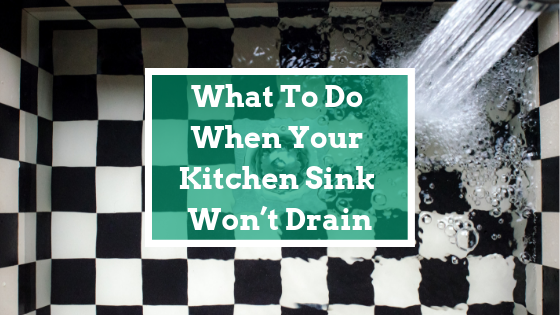 There are a few common reasons why your kitchen sink may not be draining properly. One of the most common causes is a clogged drain. This can be caused by food particles, grease, or other debris getting stuck in the pipes. Another possible cause is a blocked air vent. The air vent allows air to enter the drain and helps with the draining process. If it becomes blocked, it can cause the water to back up and prevent your sink from draining properly. Additionally, a damaged or collapsed pipe can also be the culprit, especially in older homes.
There are a few common reasons why your kitchen sink may not be draining properly. One of the most common causes is a clogged drain. This can be caused by food particles, grease, or other debris getting stuck in the pipes. Another possible cause is a blocked air vent. The air vent allows air to enter the drain and helps with the draining process. If it becomes blocked, it can cause the water to back up and prevent your sink from draining properly. Additionally, a damaged or collapsed pipe can also be the culprit, especially in older homes.
Solutions
 If you're experiencing a sink that won't drain in your kitchen, there are a few solutions that you can try before calling a professional. A simple solution is to use a plunger to try and clear the clog. Be sure to cover the overflow with a wet cloth and plunge vigorously to create suction. If this doesn't work, you can also try using a drain snake to physically remove the blockage. Another solution is to use a mixture of baking soda and vinegar to dissolve the clog. Simply pour the mixture down the drain and let it sit for a few minutes before flushing with hot water.
If the issue persists, it may be time to call a plumber. They have the necessary tools and expertise to identify and fix the root cause of the problem. They may also recommend a regular maintenance routine for your drains to prevent future clogs.
If you're experiencing a sink that won't drain in your kitchen, there are a few solutions that you can try before calling a professional. A simple solution is to use a plunger to try and clear the clog. Be sure to cover the overflow with a wet cloth and plunge vigorously to create suction. If this doesn't work, you can also try using a drain snake to physically remove the blockage. Another solution is to use a mixture of baking soda and vinegar to dissolve the clog. Simply pour the mixture down the drain and let it sit for a few minutes before flushing with hot water.
If the issue persists, it may be time to call a plumber. They have the necessary tools and expertise to identify and fix the root cause of the problem. They may also recommend a regular maintenance routine for your drains to prevent future clogs.
Preventative Measures
 To avoid a sink that won't drain in the future, it's important to take preventative measures. Be mindful of what you put down the drain and avoid pouring grease, oils, or large food particles down your sink. You can also use a drain cover to catch any debris before it enters the pipes. Regularly cleaning your drain with a mixture of baking soda and vinegar can also help prevent clogs.
In conclusion, a sink that won't drain in your kitchen can be a nuisance, but with a little understanding and some simple solutions, it can be easily resolved. Remember to take preventative measures to avoid future clogs and don't hesitate to call a professional if the issue persists. With a properly functioning sink, your kitchen will be back to its fully functional and efficient state.
To avoid a sink that won't drain in the future, it's important to take preventative measures. Be mindful of what you put down the drain and avoid pouring grease, oils, or large food particles down your sink. You can also use a drain cover to catch any debris before it enters the pipes. Regularly cleaning your drain with a mixture of baking soda and vinegar can also help prevent clogs.
In conclusion, a sink that won't drain in your kitchen can be a nuisance, but with a little understanding and some simple solutions, it can be easily resolved. Remember to take preventative measures to avoid future clogs and don't hesitate to call a professional if the issue persists. With a properly functioning sink, your kitchen will be back to its fully functional and efficient state.





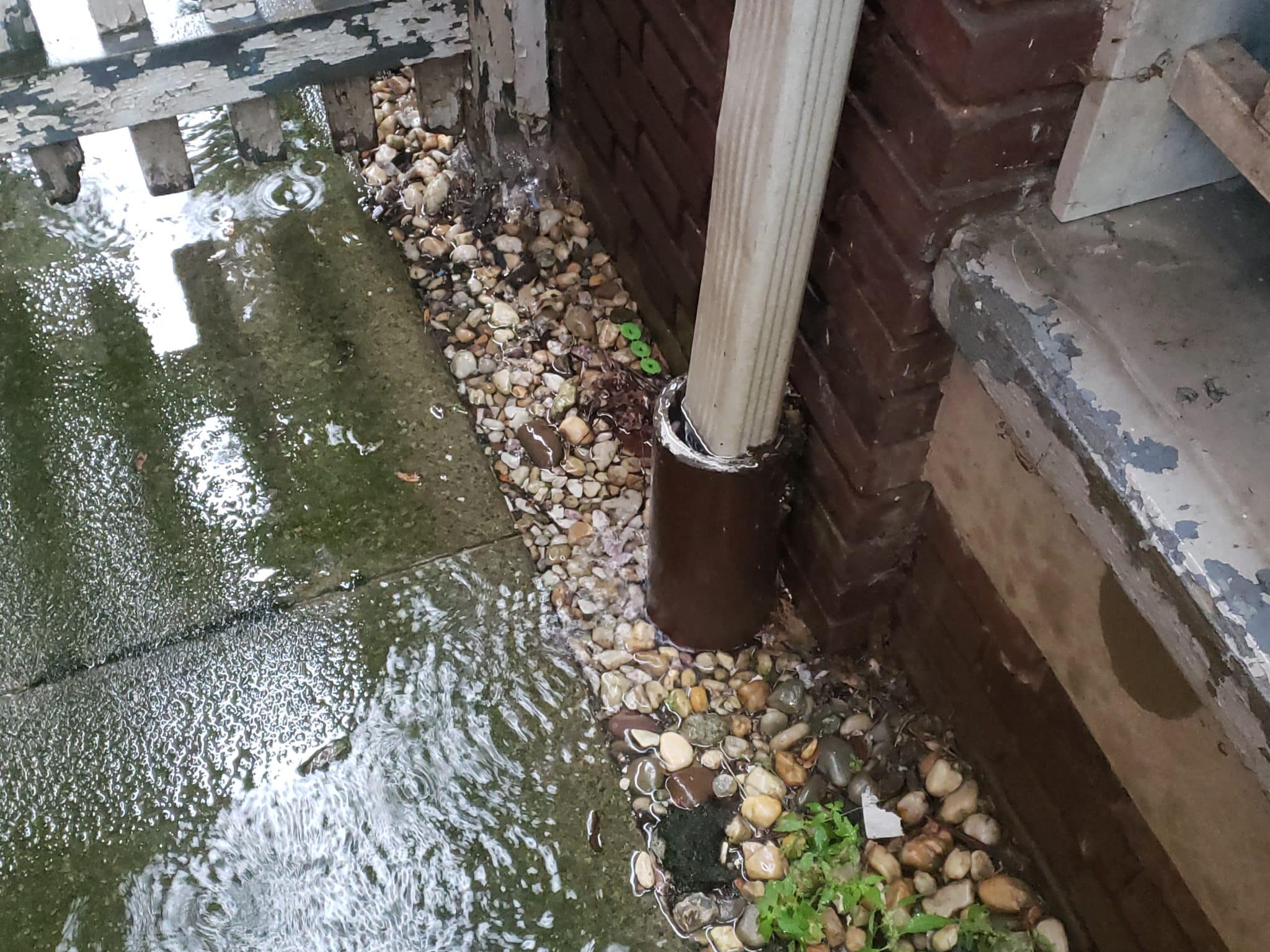
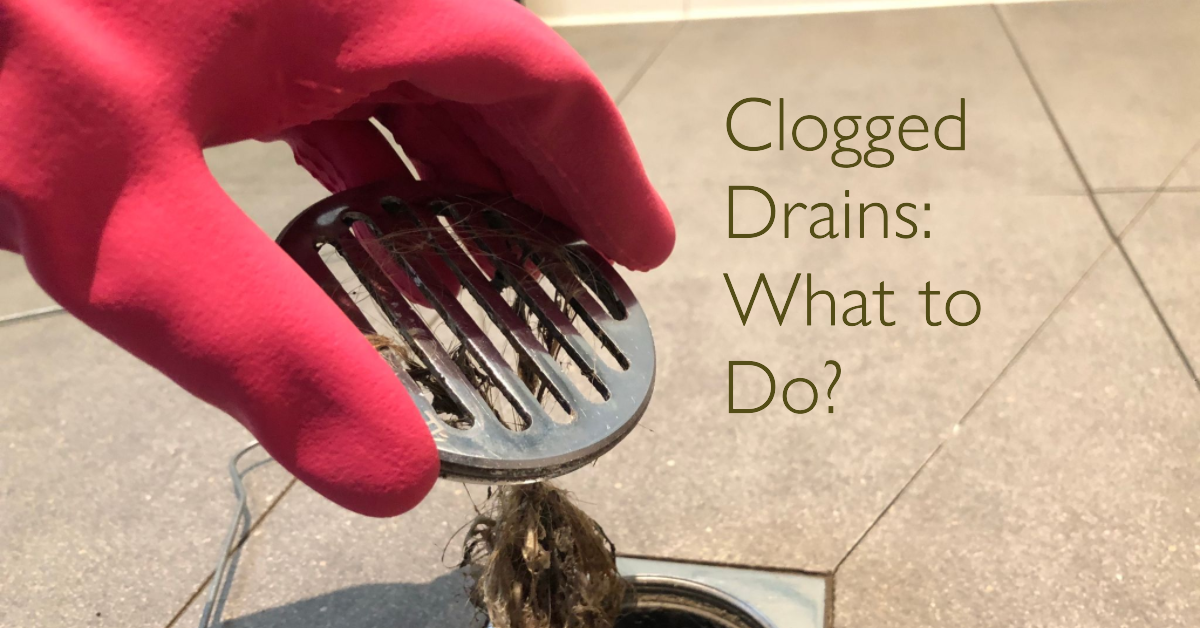


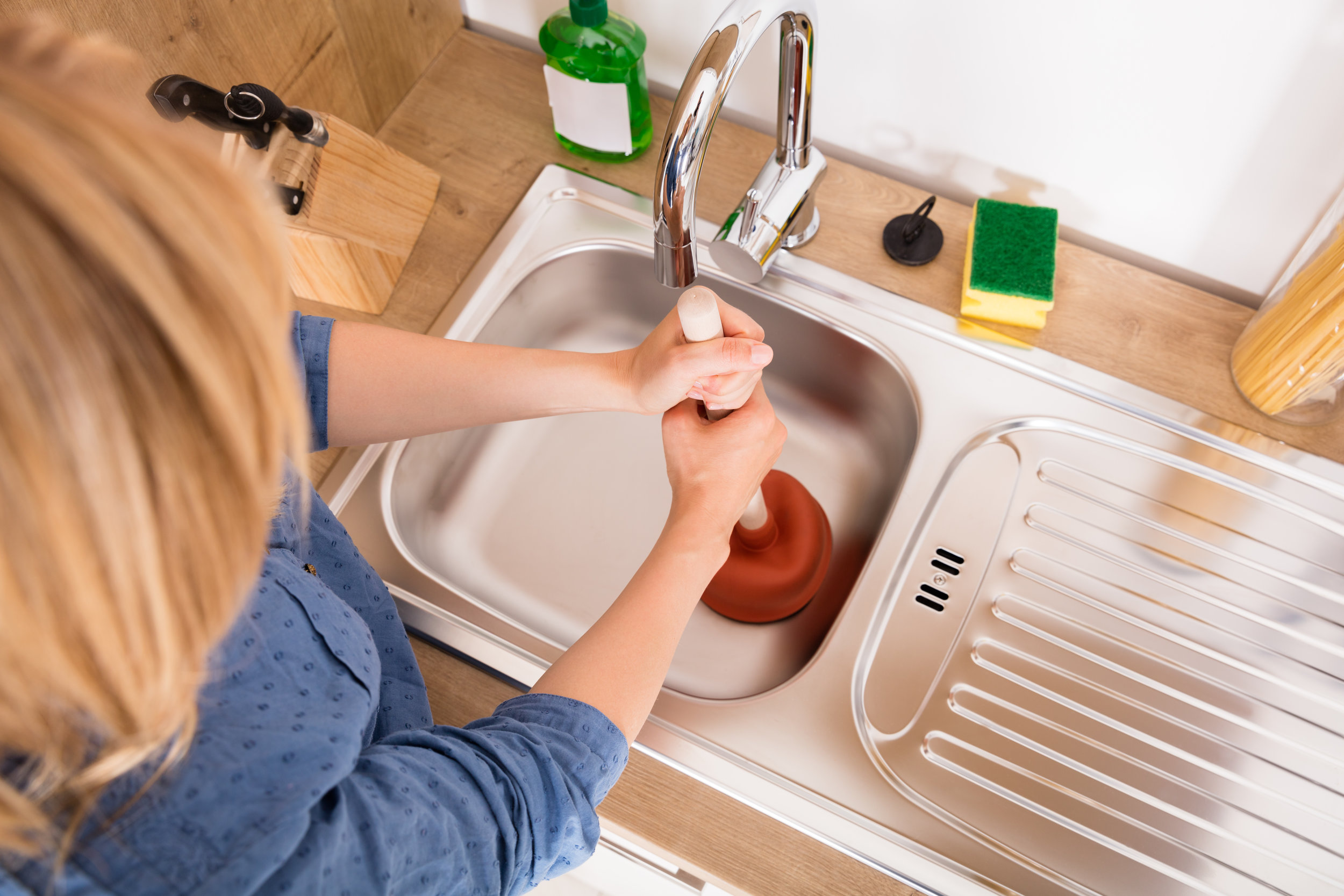



































:max_bytes(150000):strip_icc()/Vastar-4-Pack-Drain-Snake-50b0e77281b244e386d046ca25ba76b6.jpg)















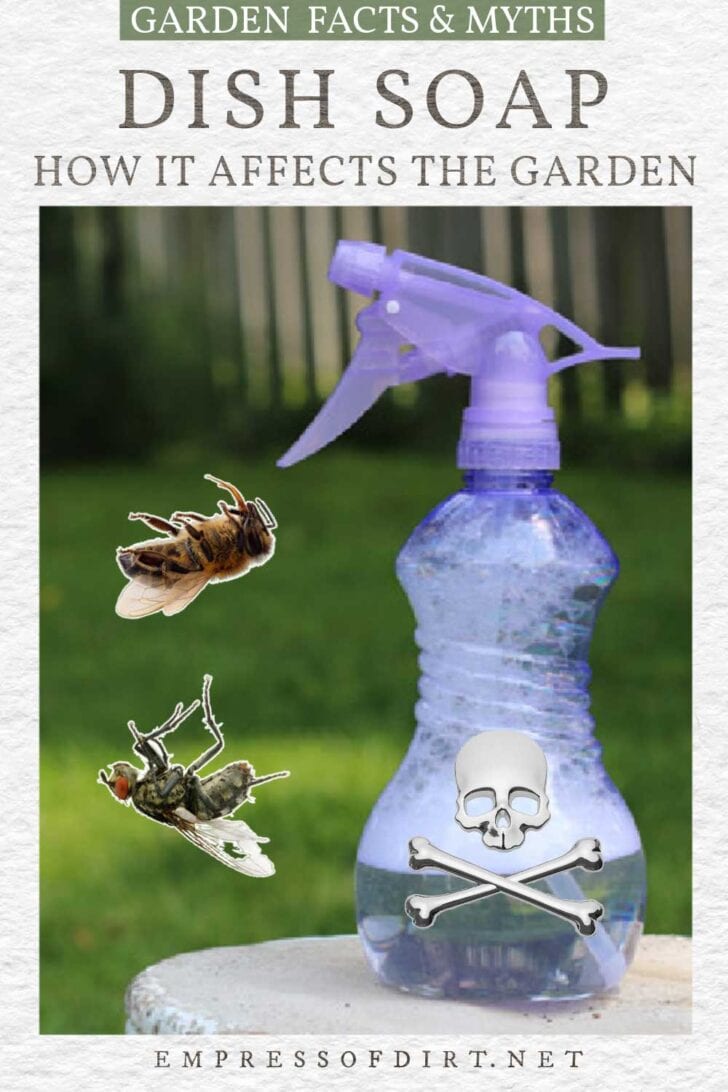







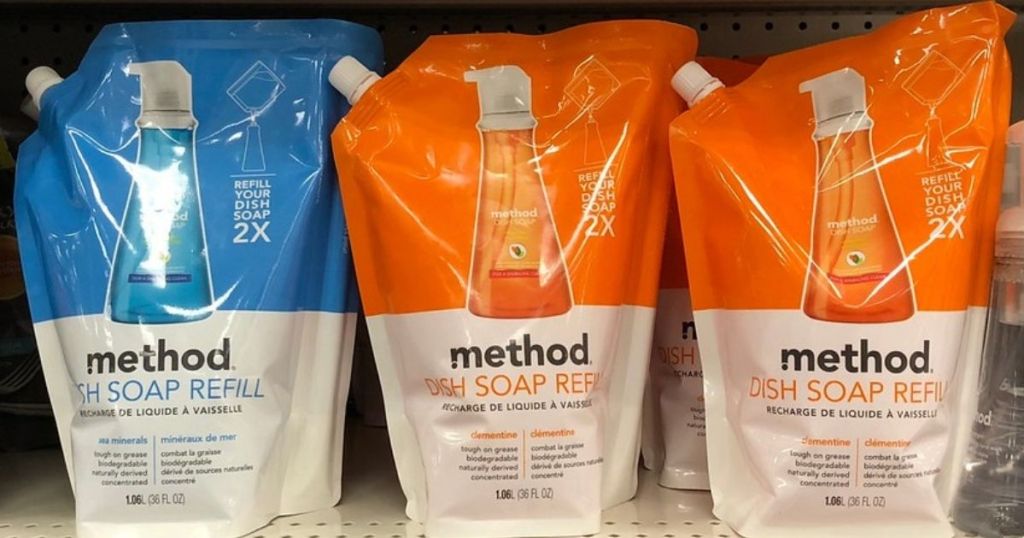





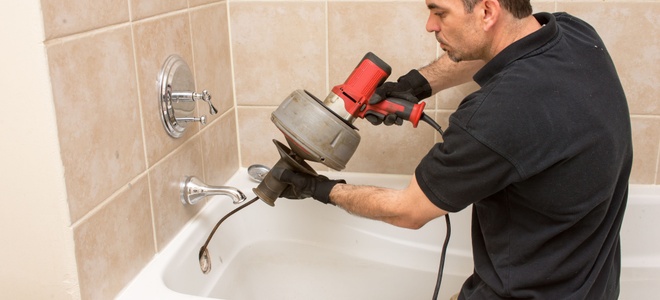











/GreenGobblerRefresh32oz-5bc63b0d4cedfd00266e4611.jpg)




















:max_bytes(150000):strip_icc()/how-to-reset-a-garbage-disposal-5223533-04-1e218c2b51a442708093915e868b3381.jpg)











